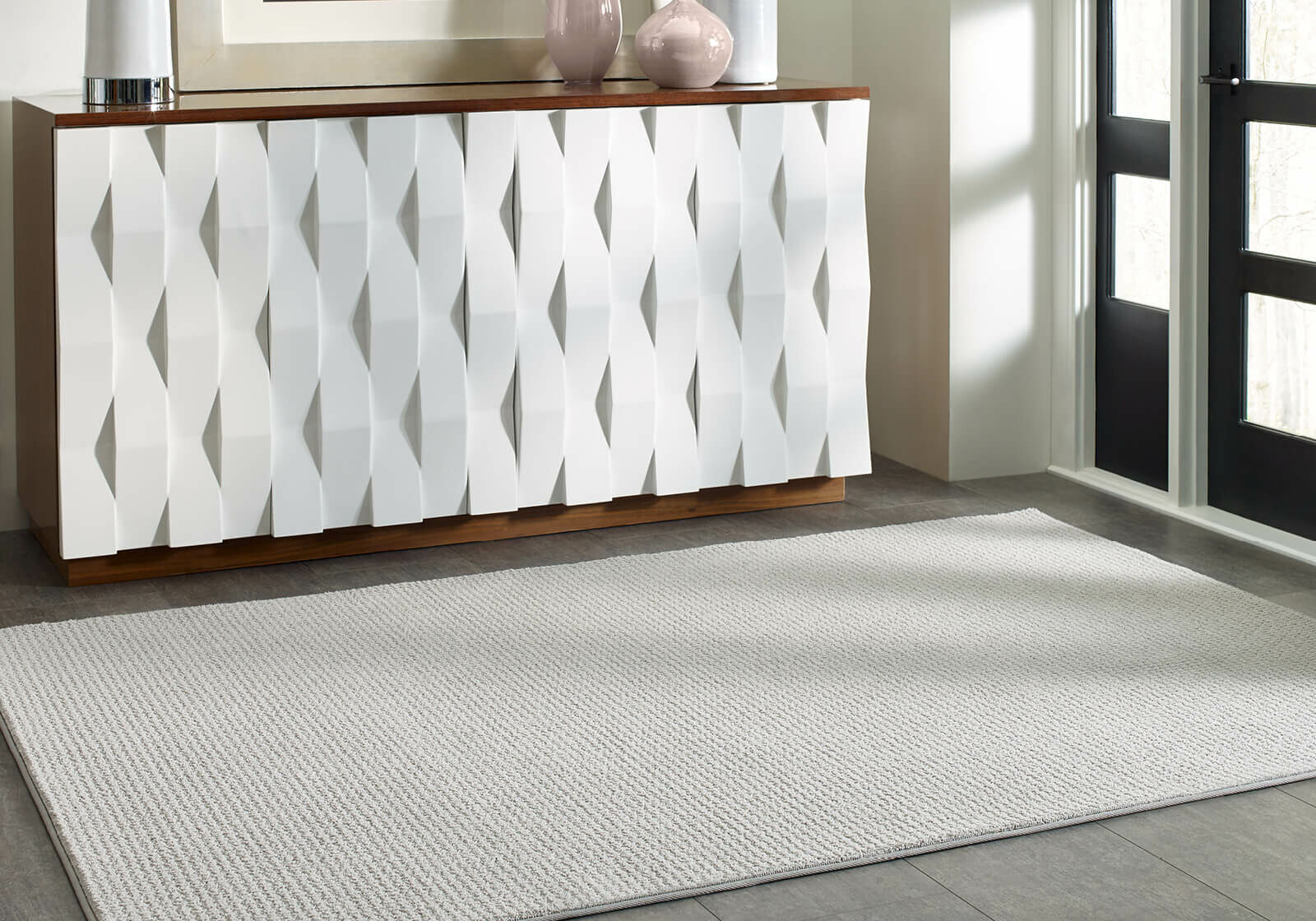
All About Area Rugs
Area rugs are an excellent flooring addition and serve many purposes. These unique floor pieces can range from a moderate price range to very expensive, depending on the type and quality of rug you are searching for. At Carpet to Go, we can custom make your area rug with the comfort and style that fits your home.
Area rugs are usually made out of wool, silk, cotton, olefin (also called polypropylene), or nylon materials.
Area Rug Pads
Every area rug needs a good rug pad! Learn more about rug pads and see why they're beneficial for your rugs and your hard surface flooring alike.
Area Rug Care Tips
While area rugs are easy to care for, there are a few things to keep in mind if you want your rug to look beautiful for years to come.

